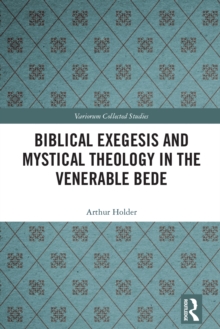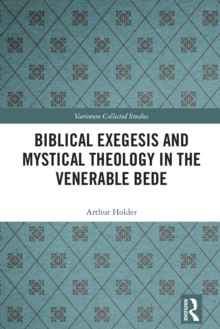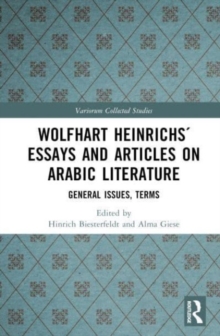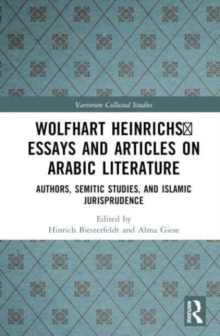
Astronomy and Astrology in al-Andalus and the Maghrib Hardback
by Julio Samso
Part of the Variorum Collected Studies series
Hardback
Description
This new volume of papers by Julio Samsó deals with the development of astronomy and astrology in al-Andalus and the Maghrib between the 10th and the 19th centuries.
Opening with a survey of the social history of the exact sciences in al-Andalus, the book then looks at astronomical tables: the first stages of the introduction of al-Khwarizmi's and al-Battani's tables through the school of Maslama al-Majriti, the development of Ibn al-Zarqalluh/ Azarquiel's theories in Maghribi zijes (Ibn al-Banna' and Ibn Azzuz) and the abandonment of this tradition towards the end of the 14th century.
From this period onwards new Eastern zijes (Muhyi al-Din al-Maghribi, Ibn al-Shatir, Ulugh Beg) are introduced in the Maghrib and, towards the beginning of the 17th century, a translation of Abraham Zacut and José Vizinho's Almanach Perpetuum (end of the 15th century) becomes well known in the whole Islamic world, from Morocco to the Yemen. As well as zijes themselves, the author also deals with theoretical astronomy (the use of an elliptical deferent for Mercury in Ibn al-Zarqalluh's equatorium and the criticisms of Ibn al-Haytham and Jabir b.
Aflah on Ptolemy's determination of the parameters of the same planet), and with the use of zijes for the calculation of horoscopes, and an experimental astrological method for the correction of mean motion planetary tables (Ibn Azzuz).
Information
-
Available to Order - This title is available to order, with delivery expected within 2 weeks
- Format:Hardback
- Pages:382 pages
- Publisher:Taylor & Francis Ltd
- Publication Date:28/10/2007
- Category:
- ISBN:9780754659341
Other Formats
- PDF from £38.06
- EPUB from £38.06
- Paperback / softback from £45.49
Information
-
Available to Order - This title is available to order, with delivery expected within 2 weeks
- Format:Hardback
- Pages:382 pages
- Publisher:Taylor & Francis Ltd
- Publication Date:28/10/2007
- Category:
- ISBN:9780754659341










